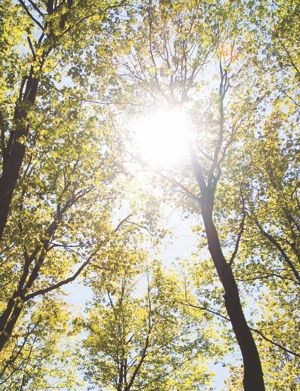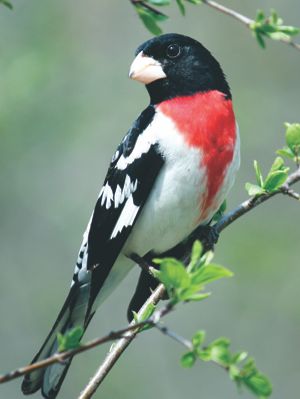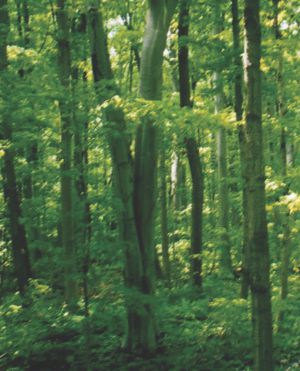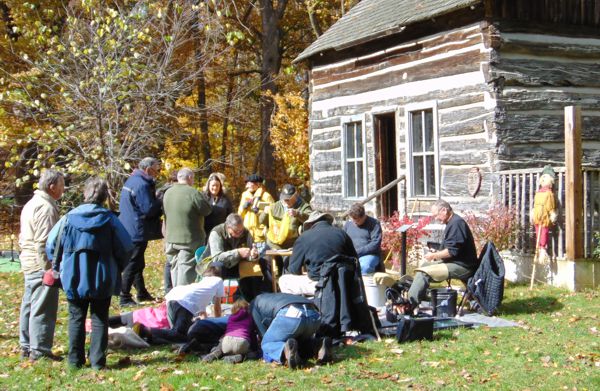We don’t inherit the environment. It is borrowed from our children’s future. Every day, with every choice we take another little piece. Throughout the Lower Thames watershed we commit to thousands of seemingly insignificant acts every day that, for better or worse, will change tomorrow. Consider that all the water, all the soil and all the air we will ever have is here now. Small choices make a big difference. Turn off the tap while brushing your teeth. Use a rain barrel. Plant a tree. Learn how to encourage pollinators. Teach your children how to protect your way of life.
Join the
Conservation
Conversation

The Carolinian Life Zone
On a line that runs from Grand Bend to Toronto, the Carolinian life zone is one of Canada’s most significant ecosystems. Even though Carolinian Canada makes up only 1 percent of Canada’s total land area, it boasts a greater number of both fl ora and fauna species than any other ecosystem in Canada. An estimated 2,200 species of herbaceous plants can be found here—including 64 species of fern, 110 species of grass, 130 species of sedge and 70 species of trees. Over half of all the bird species in Canada found here along with numerous amphibians, reptiles, insects and mammals. One of the most unique features of this life zone is the number of rare species—one-third of all the Canadian threatened and endangered species. Sixty-five percent of Ontario’s rare plants can be found here—two fifths of these are restricted to the Carolinian life zone. This includes trees such as the PawPaw, Blue Ash, Tulip and Kentucky Coffee Tree. Herbaceous plants include the Green dragon, Harbinger-of-Spring, Yellow Mandarin and Swamp Rose Mallow. Shrubs such as the native Burning bush and the Rough-leaved Dogwood as well as our only cactus—the Eastern Prickly Pear make this
region home.
In 1851, a lush, green Carolinian forest blanketed Elgin, Kent and Middlesex Counties in Southwestern Ontario. 100 years later, by 1951, this had fallen to an average of just 10 percent. The legacy has been an ongoing economic burden of erosion, flood damage and declining human health. Today the areas with the least cover today endure poorer respiratory health and a higher incidence of related health problems than anywhere else in Canada.






